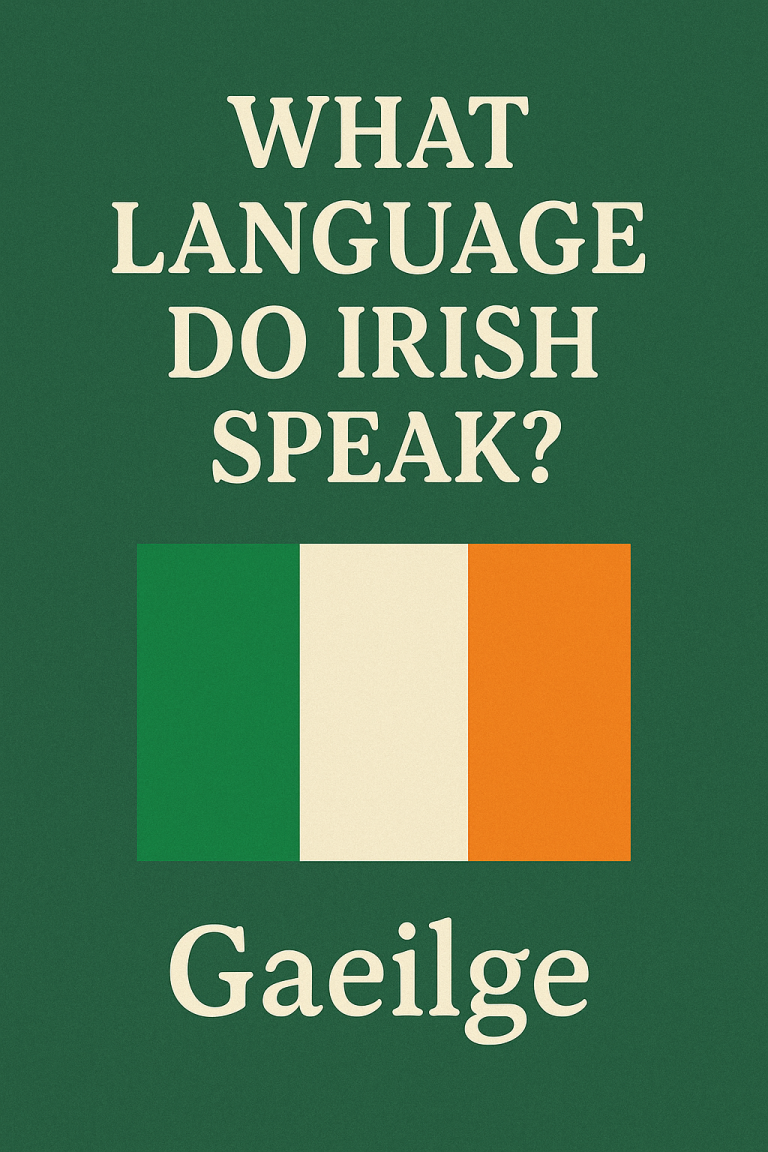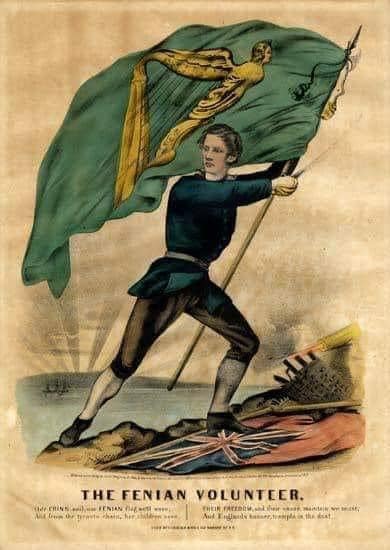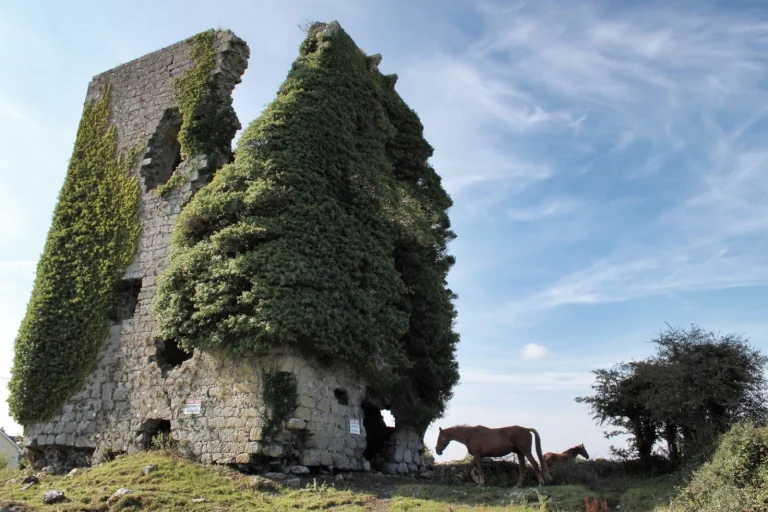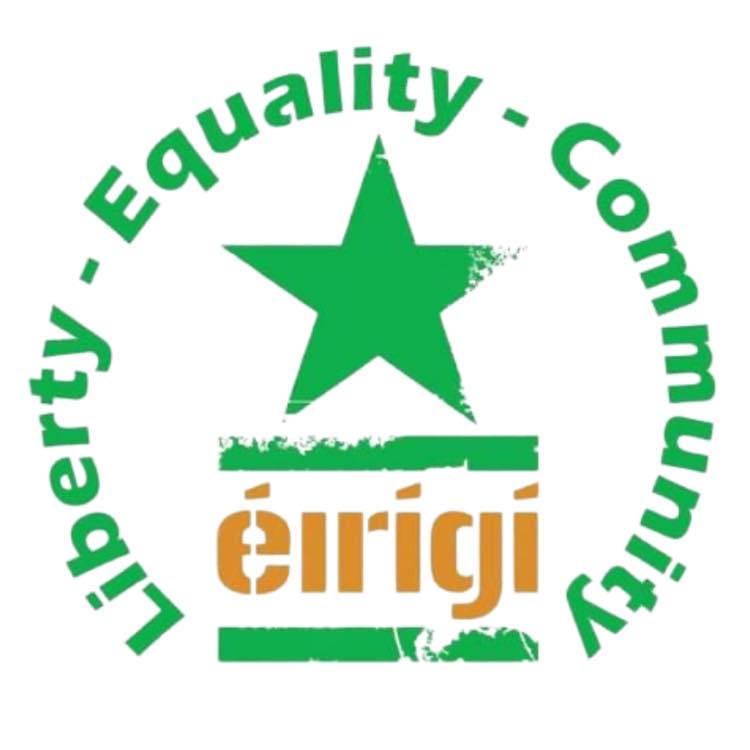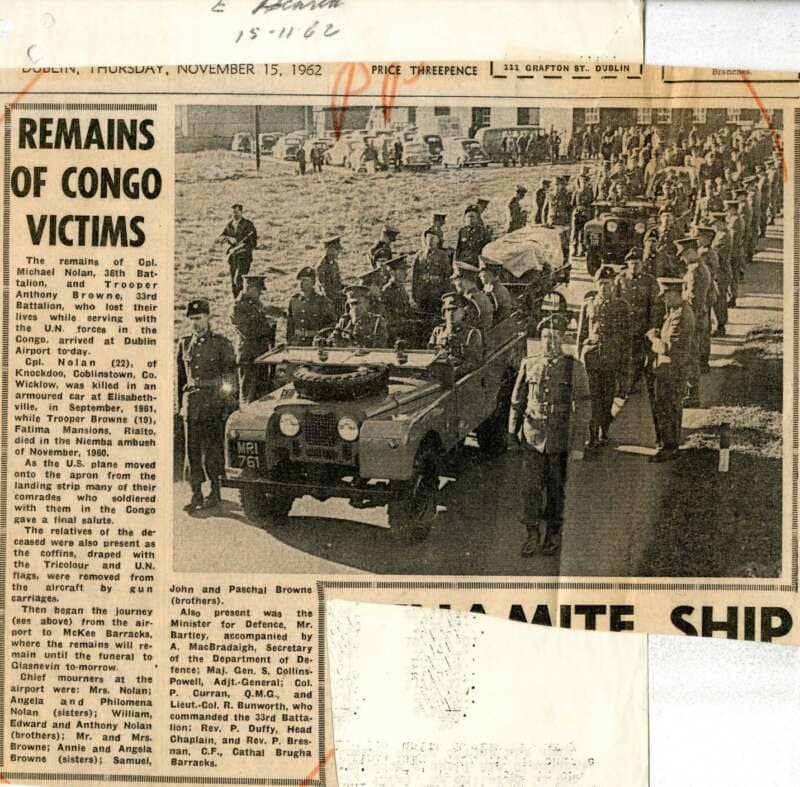
They were deployed as United Nations peacekeepers to stabilise the newly independent Republic of Congo as Katangan rebels attempted to secede.
Lieutenant Kevin Gleeson, leading a platoon of eleven men from the 33rd Infantry Battalion, was tasked with securing a station and repairing a bridge over the Luweyeye River. The soldiers encountered the damaged bridge and a roadblock set up by Baluba tribesmen, who had mistaken the Irish peacekeepers for Katangan rebels.
The platoon had left much of their support weaponry, including Bren machine guns, in their vehicles, which were now inaccessible. When Gleeson and Sergeant Hugh Gaynor approached to investigate, they were quickly surrounded by about 200 tribesmen armed with bows, arrows, machetes, and clubs.
Following their UN orders not to fire unless fired upon, the Irish soldiers attempted to communicate peacefully. Gleeson greeted the tribesmen with “Jamba,” a friendly term in Swahili, only to be struck by an arrow. Almost immediately, a hail of arrows rained down on the platoon.
Under intense pressure, Gleeson ordered his men to return fire while he laid down cover to help them retreat. But the numbers were overwhelming, and he was killed while defending his troops.
A fierce battle ensued in the thick jungle terrain, with the Irish soldiers severely outnumbered. Lacking sufficient ammunition, they fought hand-to-hand as tribesmen continued to advance, determined to eliminate any survivors. The fighting was swift and brutal, leaving 25 tribesmen and most of the Irish peacekeepers dead.
Amid the confusion, Trooper Anthony Browne went missing, and his body would not be found until 1962. He was later posthumously awarded An Bonn Míleata Calmachta (Military Medal for Gallantry), the Irish Defence Forces’ highest honour. Privates Joe Fitzpatrick and Thomas Kenny survived the ambush by managing to hide; Fitzpatrick was rescued the following day, and Kenny was found two days later by Irish Army personnel.
The massacre left a deep impact on Ireland, where almost 500,000 mourners later lined the streets of Dublin for the soldiers’ funeral cortege. While the name “Baluba” became synonymous with savagery in Ireland, this incident did not reflect the whole of the Baluba people, who, like the Irish, had endured years of oppression under colonial rule and had resisted Belgian control through rebellions in 1895 and 1917.
For the Irish Army, this mission underscored the serious challenges of being deployed overseas, particularly in environments for which they were ill-equipped and unprepared.
The soldiers wore woollen uniforms and hobnail boots unsuitable for the tropical climate and carried outdated weapons. Additionally, no interpreters were assigned, compounding the miscommunication with locals.
Lt. Kevin Gleeson, Carlow, aged 30
Sgt.Hugh ‘Sonny’ Gaynor,Leixlip, aged 29
Cpl. Peter Kelly, Templeogue, aged 25
Cpl. Liam Dougan, Cabra, aged 34
Pt. Matthew Farrell,Jamestown, Dublin, aged 22
Tpr. Thomas Fennell,Donnycarney, aged 18
Tpr. Anthony Browne, Rialto, aged 20
Pte. Michael McGuinn Carlow, aged 21
Pte. Gerard Killeen Rathmines. aged 27
